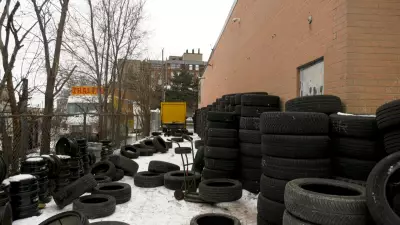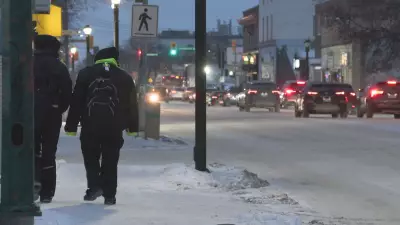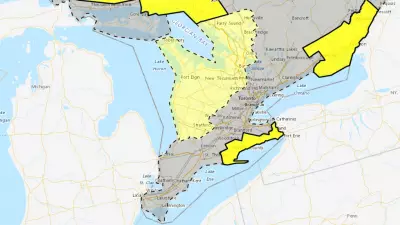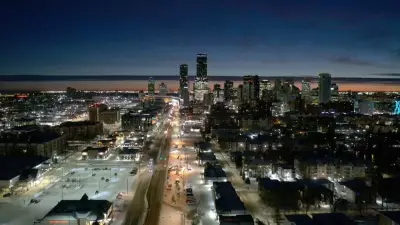
Across Canada's vast wilderness, a desperate cry for help echoes through the smoke-filled air. As wildfires consume millions of hectares, rural and remote communities find themselves on the front lines of an environmental catastrophe, often feeling abandoned by the very systems designed to protect them.
The Unfolding Emergency
This isn't just another fire season—it's a national crisis unfolding in real time. From British Columbia's ancient forests to Ontario's boreal woodlands, flames are consuming landscapes at an unprecedented rate. The scale is staggering, with smoke reaching as far as major urban centers, serving as a constant reminder of the inferno raging beyond city limits.
What makes this situation particularly alarming is the growing gap between the scale of destruction and the available resources to combat it. Fire crews are stretched thin, equipment is insufficient, and coordination between different levels of government appears fragmented at best.
Rural Communities Bear the Brunt
While urban Canadians might only experience the haze and smell of distant fires, rural residents are living through the terrifying reality. These communities, often surrounded by dense forest, face immediate threats to:
- Homes and livelihoods - Many face complete destruction of property and businesses
- Health risks - Prolonged exposure to toxic smoke creates respiratory emergencies
- Economic devastation - Tourism, forestry, and local economies grind to a halt
- Evacuation nightmares - Limited routes and resources make escape dangerous
A Systemic Failure in Emergency Response
The current wildfire crisis has exposed critical weaknesses in Canada's emergency management framework. Despite advanced warning systems and decades of fire science research, the response has been characterized by:
- Inadequate funding for provincial and territorial fire services
- Poor coordination between federal, provincial, and local authorities
- Outdated equipment and insufficient aerial firefighting resources
- Delayed response times that allow small fires to become uncontrollable blazes
The Climate Change Connection
Experts agree that what we're witnessing isn't an anomaly but the new normal. Climate change has created conditions where:
"The fire season now starts earlier, ends later, and burns with an intensity we've never seen before," explains one veteran fire researcher. Drier conditions, hotter temperatures, and changing weather patterns have created a perfect storm for catastrophic wildfires.
What Needs to Change
Addressing this crisis requires immediate action and long-term strategy. Critical steps include:
- Substantial investment in modern firefighting equipment and technology
- Enhanced early warning systems and community evacuation planning
- Better cross-jurisdictional coordination between government agencies
- Increased support for volunteer fire departments in rural areas
- Comprehensive forest management strategies including controlled burns
A Nation at a Crossroads
Canada stands at a critical juncture. The way we respond to this wildfire crisis will define our relationship with our natural environment for generations to come. The pleas for help from our rural communities cannot continue to go unanswered.
The smoke will eventually clear, but the decisions we make today will determine whether we're prepared when the next fire season arrives—because in this new era of climate change, there will always be a next fire season.





